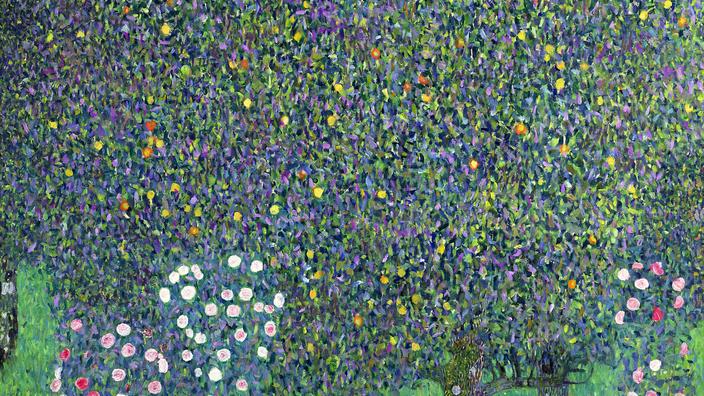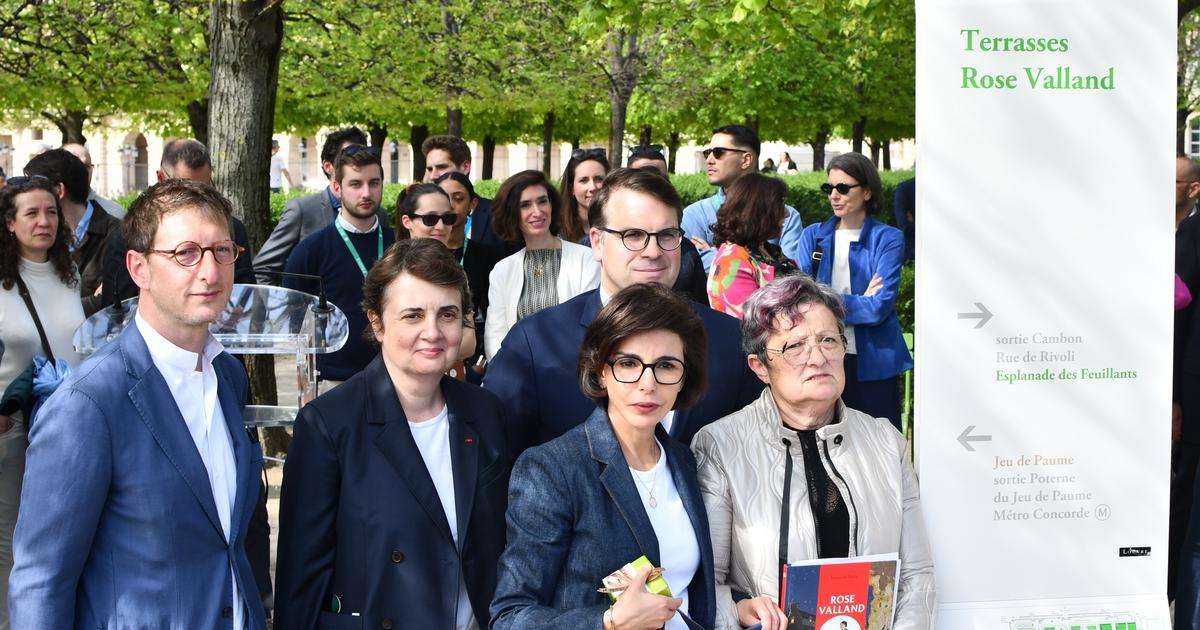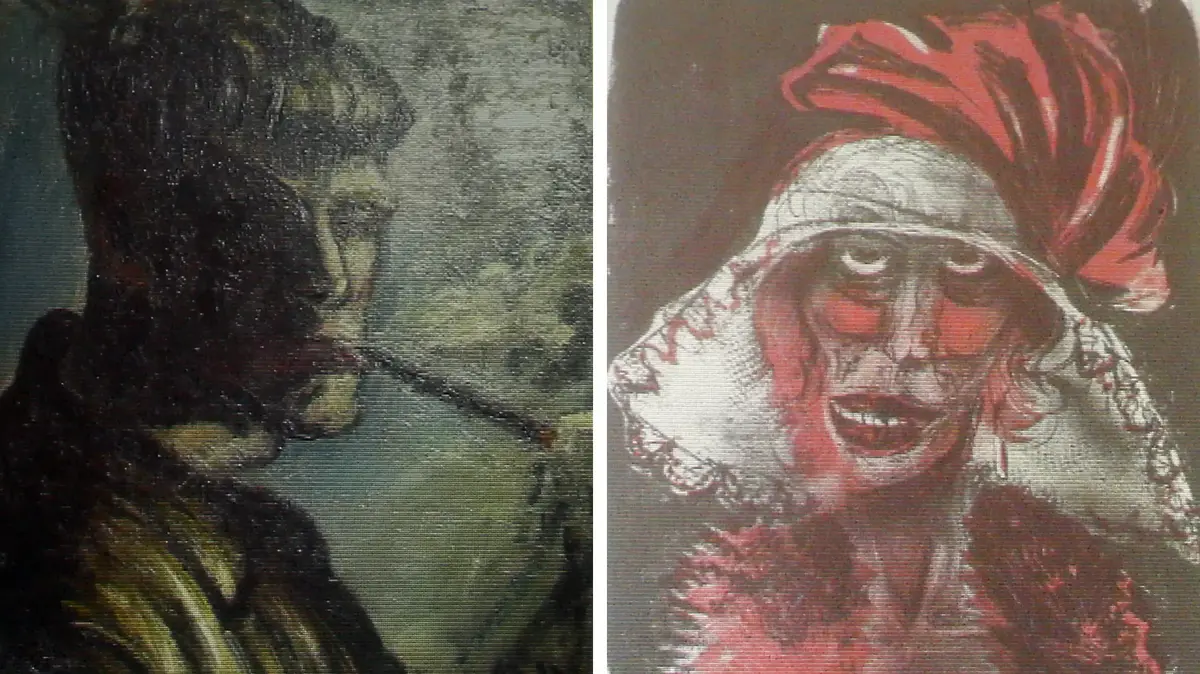A bill relating to the restitution of 15 works of art, including a painting by Gustav Klimt and another by Marc Chagall, to the heirs of Jewish families looted by the Nazis will be examined by the National Assembly on Tuesday.
Read alsoFrance will return
Roses under the trees,
Klimt's canvas, looted in 1938 in Austria
Legally entered into the French national public collections by acquisition, they come under the movable public domain protected by the principle of imprescriptibility and inalienability.
Their restitution therefore requires a law, unlike works entrusted to the custody of national museums (“MNR”), which are returned by simple decree.
Among the 15 works is "Rosiers under the trees" by Gustav Klimt, kept at the Musée d'Orsay, and the only work by the Austrian painter belonging to the French national collections.
It was acquired in 1980 by the State from a merchant.
In-depth research has established that it belonged to the Austrian Éléonore Stiasny who sold it during a forced sale in Vienna in 1938, during the Anschluss, before being deported and murdered.
Eleven drawings and a waxwork conserved at the Louvre Museum, the Musée d'Orsay and the Musée du Château de Compiègne as well as a painting by Utrillo conserved at the Musée Utrillo-Valadon ("Carrefour à Sannois") are also part of the restitutions envisaged. . An amendment of January 13 added to this list a painting by Chagall, entitled "The Father", kept at the Center Pompidou and entered the national collections in 1988. The artist probably painted it in 1911 or 1912, if would be dispossessed of it before the Second World War then the painting would have circulated as far as Poland during the transfer of the Jews to the Lodz ghetto in 1940. It was recognized as the property of David Cender, a Polish Jewish musician and luthier, who immigrated to France in 1958 .
The beneficiaries were identified by the Commission for the Compensation of Victims of Spoliation (CIVS), created in 1999. The bill was unanimously adopted by the Cultural Affairs Committee.
If it is adopted by Parliament, “it will be an important first step which leads to thinking about future restitutions and the possibility of a framework law”, specifies Fabienne Colboc (LREM), its rapporteur.
Sales that left few traces
As for the restitution of works of art from Africa, a future framework law is difficult to establish because of the multiplicity of the criteria of spoliation such as their geographical scope and the period concerned (between 1933 and 1945).
“Many Jewish families, victims of anti-Semitic measures, were forced to sell their property from the end of 1933, in Germany. In France, when the sale was organized by the Vichy regime, a lot of archives remain but when it came to private sales, there are no traces, the works ended up on the art market. art",
underlined David Zivie, head of the mission of research and restitution of cultural property spoliated from the Ministry of Culture, during a hearing by the senators.
This mission was created in 2019 in order to accelerate research and identify the provenance of spoliated works to facilitate their restitution. Since 1990, research into these works has developed considerably, especially after Jacques Chirac's speech in 1995, during the commemoration of the Vél' d'Hiv roundup, which recognized France's participation in the extermination of the Jews. by the Nazis, then the Washington agreement in 1998 when 44 countries committed themselves to reparations and the restitution of property to Jewish families despoiled.
Some 100,000 works of art were seized in France during the Second World War, according to the Ministry of Culture.
60,000 goods - including works looted but also sold in France during the war by people who were not persecuted - were found in Germany at the Liberation and returned to France.
Among them, 45,000 were returned to their owners between 1945 and 1950.
Read alsoAt the Rouen Museum of Fine Arts, nine looted paintings are still looking for their owners
About 2,200 were selected and entrusted to the custody of the national museums (“MNR” works) and the rest (about 13,000 objects) were sold by the administration of the Domains in the early 1950s. The research concerning the spoliated works which would belong to the national collections are in progress.









